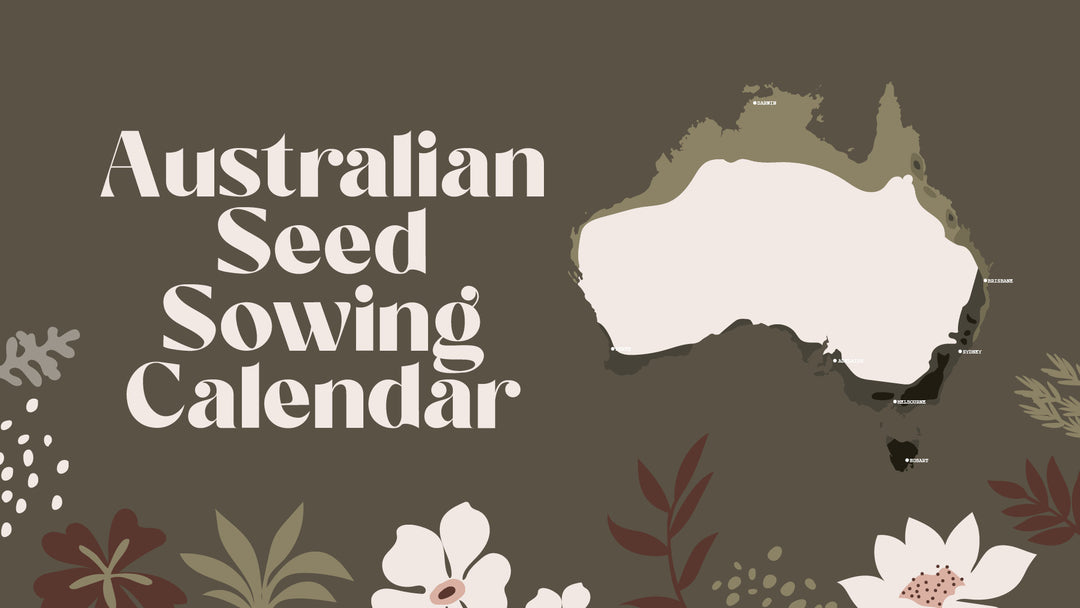Australian Spring Vegetable Planting Guide

Spring has arrived and there has never been a better time to grow your own food.
Growing veggies from seed in your backyard reduces food miles, packaging, the cost of living, increases for vegetable intake and promotes biodiversity at home.
The act of gardening and being outside in the nature calms the mind, as well as benefiting the physical body.
If you are new to growing your food from home; start your seeds off in a greenhouse, 4 weeks before the last frost. Once your seedlings have about 6 weeks worth of growth they can be transfer to the garden.
Hardening off the seedlings first will prevent any transplant shock. Spend a week letting your seedlings adjust slowly to the outside world by building up from an hour a day out of the greenhouse to 5 hours before transplanting.
Here is a list of some nutritious veggies that can be sown Spring:
- Artichoke
- Beans
- Beetroot
- Bok Choy
- Cape Gooseberry
- Capsicum
- Carrot
- Celery
- Chicory
- Chilli
- Corn
- Glass Gem Corn
- Cucamelon, also known as Mouse Melon
- Cucumber for warmer climates
- Eggplant for warmer climates
- Fennel for warmer climates
- Gourd for warmer climates
- Kale
- Kohl Rabi
- Leek
- Lettuce
- Melon for warmer climates
- Onion, early Spring
- Pak Choi
- Parsnip
- Pea, in cooler climates
- Pumpkin for warmer climates
- Radish
- Rhubarb
- Rocket
- Pak Choi Purple
- Silverbeet (Swiss Chard)
- Squash
- Spinach
- Strawberry
- Tatsoi
- Tomatillo
- Tomato
- Turnip
- Watermelon
- Zucchini
Here is a collection of all our Veggies that can be planted in Spring
See our seed sowing chart for each Australian climate here.
 Cucamelon, also known as Mouse Melon
Cucamelon, also known as Mouse Melon
 Glass Gem Corn, an ornamental corn that can be made into popcorn or maize.
Glass Gem Corn, an ornamental corn that can be made into popcorn or maize.
 Tomato, nothing tastes better than ones grown at home.
Tomato, nothing tastes better than ones grown at home.

Here is a collection of all our Veggies that can be planted in Spring







